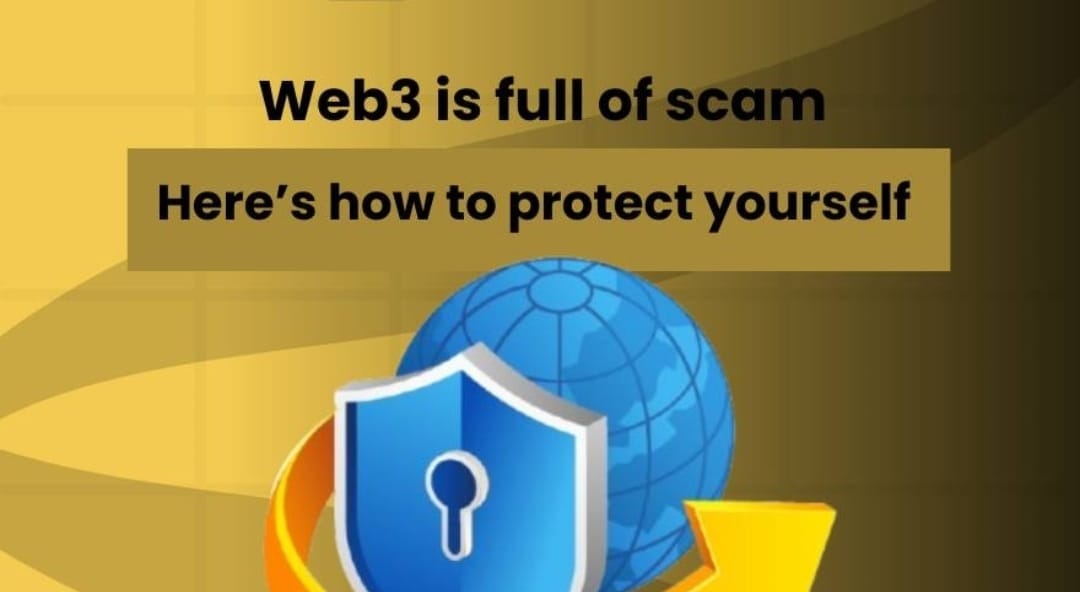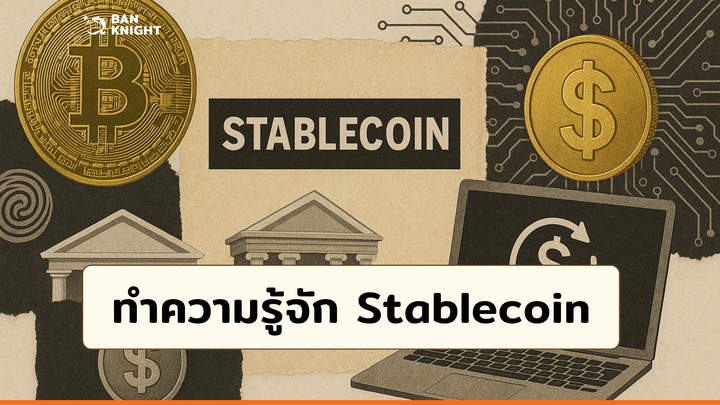The Ultimate Guide to Staying Safe in Crypto/Web3

Introduction: Why This Guide Matters
The world of cryptocurrency and Web3 is growing fast. People are excited about digital money, NFTs, DeFi, and the freedom to manage their own assets. But with this new freedom comes big responsibility. In crypto, you are your own bank. That means you must protect your money, just like a real bank protects its vault. If you lose your wallet, click on a fake link, or share your private keys, your money could be gone and there’s usually no way to get it back.
This guide is here to help you stay safe. We’ll explain everything in simple words. Whether you're just starting or you've used crypto for a while, this guide will help you protect yourself and your assets.
1. Understanding the Risks in Crypto/Web3
Before you can protect yourself, you need to understand what the dangers are. Here are the most common threats:
- Phishing Scams: Fake emails, links, or websites that try to steal your wallet details.
- Malware: Harmful software that can spy on your device or steal your information.
- Fake Projects (Rug Pulls): A project looks real but then disappears with your money.
- Impersonators: People pretending to be support staff, influencers, or friends.
- Losing Access: If you forget your password or lose your backup phrase, you can lose all your crypto.
Knowing these threats is the first step to protecting yourself.
2. Your Wallet Is Your Bank – Protect It
A crypto wallet is where your digital assets live. There are two types of wallets:
- Hot Wallets: These are connected to the internet. Examples are MetaMask and Trust Wallet. They are easy to use but can be hacked.
- Cold Wallets: These are offline wallets. Examples are Ledger and Trezor. They are safer but take more effort to use.
Important Tip: Never share your wallet’s seed phrase or private key. Anyone with that can steal all your money.
How to Protect Your Wallet:
- Write down your seed phrase on paper and keep it in a safe place.
- Don’t take pictures or save it on your phone or cloud storage.
- Use a hardware wallet for storing large amounts of crypto.
- Don’t connect your wallet to unknown websites.
3. Password Safety and 2FA (Two-Factor Authentication)
Passwords are the first wall of protection. If your password is weak, you’re an easy target.
Tips for Strong Passwords:
- Use a unique password for each account.
- Make it long (at least 12 characters).
- Use a mix of letters, numbers, and symbols.
- Avoid using names, birthdays, or simple words.
Use a password manager like Bitwarden or 1Password. They help you store and create strong passwords.
Always enable 2FA:
- Use apps like Google Authenticator or Authy.
- Avoid SMS 2FA if possible, it can be hacked.
4. How to Spot and Avoid Scams
Scams are common in crypto. Some are very clever.
Watch out for:
- "Too good to be true" offers.
- Messages that say you won something.
- Fake support messages on Discord or Telegram.
- Giveaway scams that ask you to send crypto first.
How to Avoid Scams:
- Bookmark the real website links.
- Never click links from strangers.
- Always double-check the spelling of website URLs.
- If someone messages you first claiming to help, it's a red flag.
Useful Tools:
- Use ScamSniper.io or Revoke.cash to check links and smart contract permissions.
- Follow trusted crypto educators who call out scams.
5. Browser and Extension Safety
Many attacks happen through your browser. That’s why safe browsing is important.
Tips:
- Use a separate browser or browser profile just for crypto.
- Don’t install too many extensions.
- Use privacy tools like uBlock Origin, Brave Browser, or DuckDuckGo.
- Avoid clicking pop-ups or random ads.
6. Staying Safe on Crypto Exchanges
Exchanges help you buy, sell, or trade crypto. But they also have risks.
Tips:
- Use 2FA on every exchange.
- Don't leave large amounts on exchanges.
- Set withdrawal limits and address whitelists.
- Check for fake emails or login pages.
Reminder: Not your keys, not your crypto. If the exchange gets hacked, you could lose your funds.
7. DeFi and DApps Safety (Decentralized Finance)
DeFi allows you to earn, lend, and trade without middlemen. But smart contracts can have bugs or traps.
How to Stay Safe:
- Start small on new platforms.
- Check if the project is audited.
- Don’t rush into projects with hype.
- Use tools like RugDoc and DeFiSafety to check project risk levels.
Revoke old permissions using Revoke.cash so your wallet doesn’t stay open to old dapps.
8. Impersonators and Fake Influencers
Scammers often act like someone you trust.
They might:
- Pretend to be an admin on Telegram or Discord.
- Send DMs offering help.
- Fake screenshots to make a scam look real.
How to protect yourself:
- Never trust DMs from strangers.
- Ask questions in public chatrooms, not in private messages.
- Check usernames carefully.
9. Protecting Your Devices
If your phone or computer is hacked, your crypto could be gone.
Steps to Stay Safe:
- Keep your operating system updated.
- Use antivirus software.
- Avoid downloading cracked or pirated software.
- Use a lock screen and strong passwords on your devices.
- Avoid using public Wi-Fi for crypto transactions.
10. Backup and Emergency Planning
Accidents happen. Devices break. People forget. Be ready.
Have a Backup Plan:
- Write down your seed phrases and store them securely.
- Store backups in two separate places.
- Tell someone you trust how to access your crypto if something happens to you.
- Use multi-signature wallets for extra safety.
11. Staying Updated and Informed
Crypto changes quickly. What’s safe today might not be safe tomorrow.
Stay Educated:
- Follow trusted voices on X/Twitter, YouTube, or Substack.
- Read updates from your wallets and platforms.
- Ask questions in communities.
- Stay curious and alert.
12. Final Tips: Think Before You Click
One of the best habits you can build is to pause before you click, sign, or send. Ask yourself:
- Is this the real website?
- Is someone rushing me?
- Am I risking more than I should?
- Would I do this if it was $100,000?
If you're unsure, step back and do more research. It's always better to be safe than sorry.
Conclusion: Take Control of Your Crypto Life
Crypto gives you control, freedom, and opportunity. But with that power comes the need to protect yourself. Scammers are everywhere, but if you follow the simple steps in this guide, you’ll be far safer than most people in the space.
Don’t be scared. Just be smart.
Quick Safety Checklist:
- ✅ Never share your seed phrase
- ✅ Use strong passwords + 2FA
- ✅ Store crypto in cold wallets
- ✅ Verify links and URLs
- ✅ Avoid FOMO-based decisions
- ✅ Use tools like Revoke.cash and ScamSniper
- ✅ Update your software
- ✅ Keep backups
- ✅ Stay alert
- ✅ Keep learning
Welcome to the world of crypto. Stay sharp, stay safe, and enjoy the ride.



Comments ()